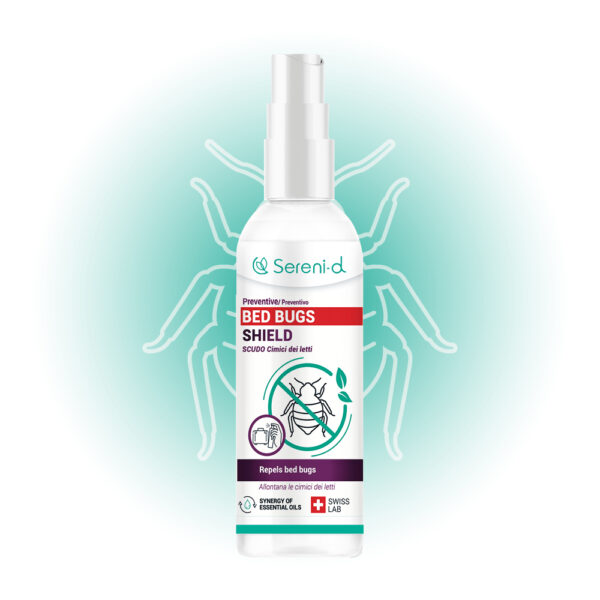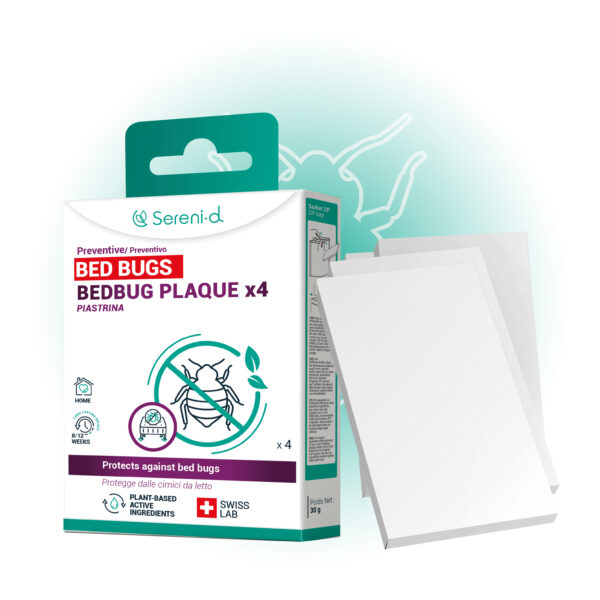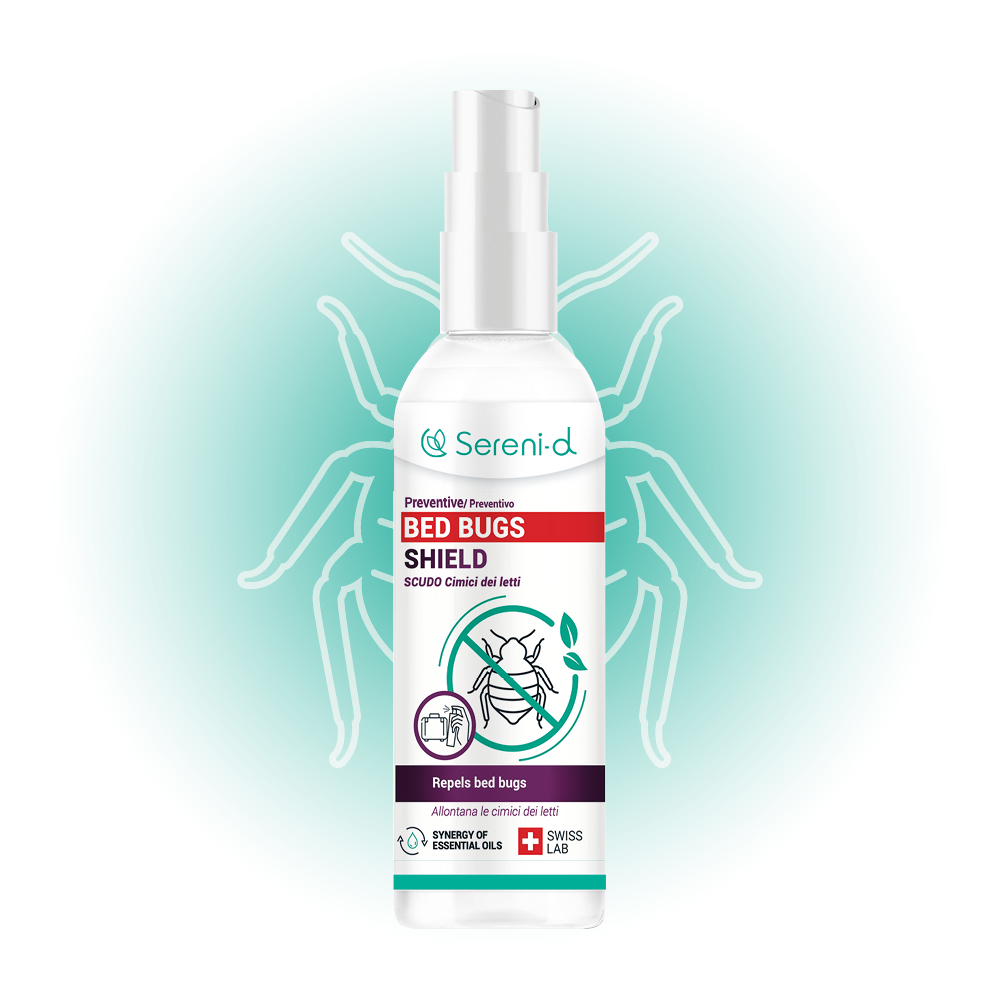GR20 in Corsica, the Way of St James, the Tour du Mont Blanc, etc. In recent years, bed bugs have been invading lodges, refuges and hostels along hiking trails. These types of places are particularly conducive to these pests, which are transported from one shelter to another in hikers’ bags and sleeping bags. In addition, these shelters are made of wood, often with old floors and numerous hiding places. It is also difficult to apply curative treatments here, as they have to be delivered by helicopter. Not to mention that access to water is generally limited. In short, as a hiker, you need to be careful. Here are our useful tips for preventing bed bugs during a trek or hike, from packing your bag to returning home.
Read before you leave… and keep in mind throughout your trip!
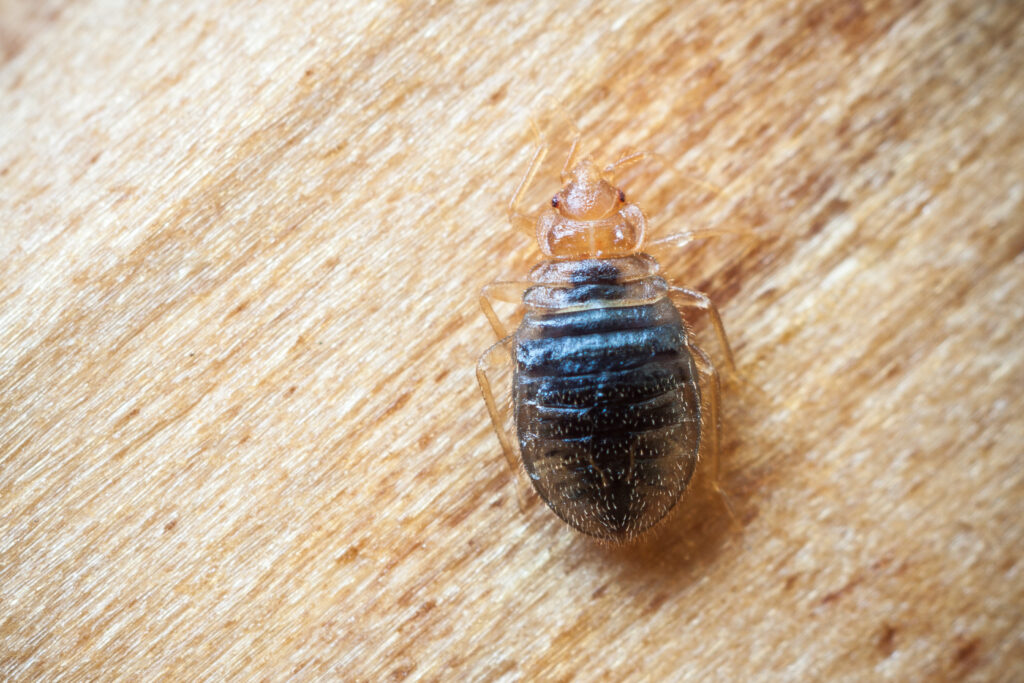
Why do bed bugs love hiking?
Bed bugs are increasingly present in places frequented by hikers: mountain refuges, communal lodges, hostels and guesthouses. These places, made of wood and difficult to access, make disinfestation difficult.
More generally, they can be found everywhere where there is a high turnover of people, such as hotels, libraries, Airbnbs, etc.
Opportunistic insects
Bed bugs don’t jump or fly, but they are very good at travelling. And their favourite mode of transport is your backpack. A garment rolled up in an infested dormitory, a sleeping bag laid on a contaminated mattress, and bed bugs or eggs will be joining you for the rest of your trek.
Increased presence on the trails
In France, certain areas are particularly affected: the Camino de Santiago, the Via Alpina, the GR20 and the Grande Traversée du Jura are regularly in the news because of infestations reported in lodgings. The reason? Frequent passage of walkers, bedding that is often shared, and little time between nights to disinfect effectively.
For more information:
- Bed bugs on the Way of St James
- Bed bugs on the GR20 in Corsica
- Bed bugs on the Pyrenees crossing
- Bed bugs on the Stevenson Trail
Why do they stick to you?
Bed bugs are attracted to body heat, CO₂ and human odours. Your warm sleeping bag, worn clothing or even your shoes can become ideal hiding places. And once they are safe in your hiking bag, they can survive for several days without feeding, waiting for a new mattress to settle into.
➡️ See also: Bed bugs in a hotel: what to do?
What are the risks?
When hiking, the main risk associated with bed bugs is bites. These often cause intense itching, sometimes allergic reactions, and can ruin your nights.
But that’s not all:
- Infestation of your belongings: they can slip into your bags, clothes, sleeping bag or even your shoes.
- Spreading them to your home: once you get home, you risk infesting your home if they have taken up residence in your luggage. This is the biggest risk.
- Stress and fatigue: sleeping poorly for several nights in a row reduces your recovery and enjoyment of hiking.
👉 Fortunately, there are simple solutions to protect yourself effectively.
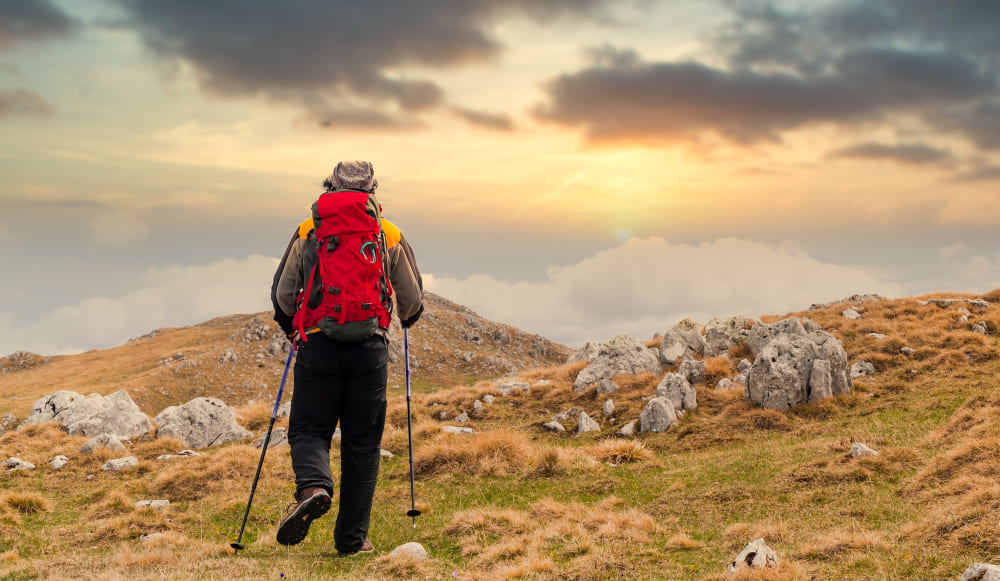
The checklist for avoiding bed bugs when hiking
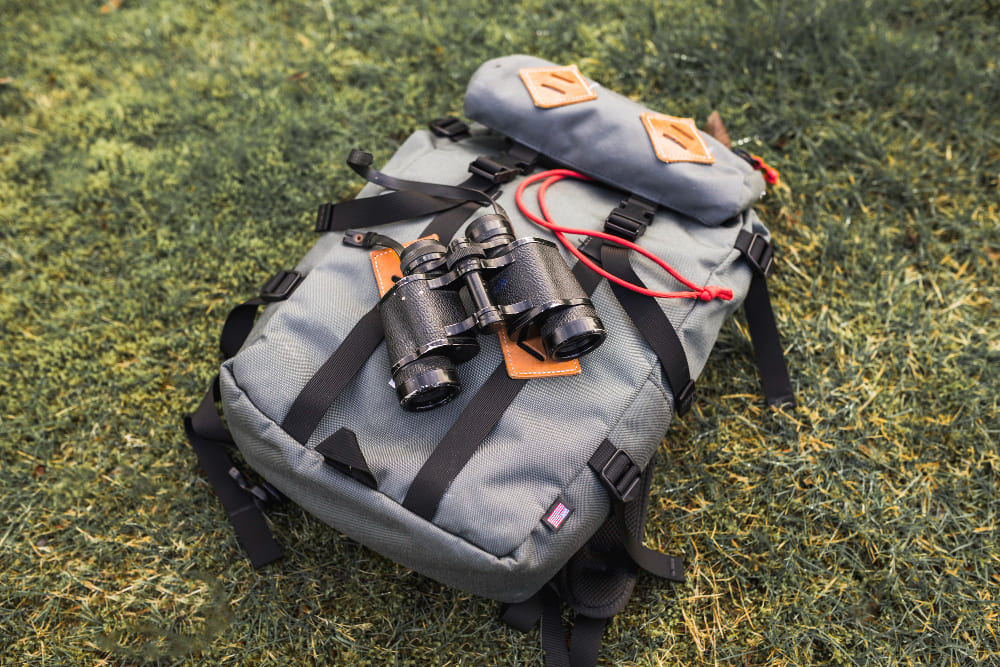
Before departure: prepare your equipment
☑️ Choose a backpack that is easy to wash and has compartments.
☑️ Put your belongings in sealed plastic bags inside the backpack (bag within a bag).
☑️ Apply an anti-bedbug or insect repellent spray to the backpack, clothing and sleeping mat.
☑️ Bring a bed bug-proof sleeping bag cover or impregnated sheet.
☑️ Waterproof compression bags or zip-lock bags: to isolate your clothes and limit the spread of contamination.
☑️ Headlamp: to inspect your bed and mattress on arrival, even in the middle of the night.
☑️ Small freezer bag: to seal a suspicious insect and have it identified (if you suspect the presence of a bed bug).
SHIELD Bed Bug for Clothing
• Preventive spray against bed bugs
• Repels bed bugs as a preventive measure
• Durable, safe and long-lasting protection
• Over 200,000 satisfied Sereni-d® customers
CONCENTRATED FORMULA – MAXIMUM RESULT
In stock
BED PLAQUES Repellent Bed Bugs
- Bed bug repellent plaques
- Repels bed bugs in a preventive framework
- Long-lasting, safe, and durable protection
- Over 250,000 satisfied Sereni-d® customers
CONCENTRATED FORMULA – MAXIMUM RESULT
In stock
Arrival and departure from the refuge
Some refuges will ask you to leave your bag at the bottom of the refuge and not to take it up to the dormitories. They may offer you a small box to put a few items you need to take with you to sleep. Others will not offer anything, either due to lack of space, lack of precautions or lack of knowledge. It is therefore up to you to take the initiative!
Here’s what you need to do:
☑️ Leave your bag closed and out of reach (you can even put it in a bin bag) with a repellent travel strip inside. Do not place it on the bed.
☑️ Take out only what you need and don’t scatter your belongings around. You can keep them in airtight bags.
☑️ Leave your shoes outside as well, as bed bugs are attracted to human scent.
☑️ Check your bedding: look for traces of blood on the sheets and black spots on the mattress.
☑️ Check the bed frame and slats. Bed bugs are very small but visible to the naked eye.
☑️ Spray the mattress sheets with SERENI-D SHIELD spray.
☑️ If the shelter provides sheets/blankets, choose this option rather than taking out your sleeping bag.
☑️ In the morning, take out your belongings, especially your sleeping bag, examine them and shake them as much as possible.
☑️ Leave your belongings in the open air and in the sun for as long as possible before leaving.
☑️ Inspect your body to check that you have not been bitten (everything you need to know about bed bug bites).
➡️ See also: Bed bugs in an Airbnb: what to do?
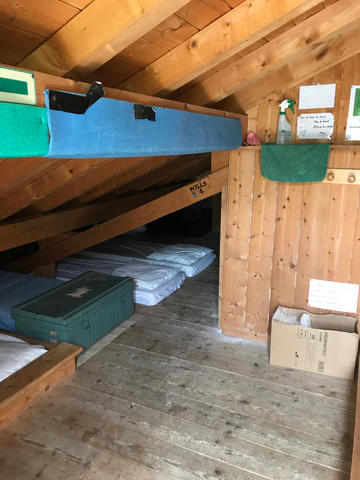
When you return home
Even if you didn’t notice anything during your stay, take precautions as soon as you get home. A single bed bug brought back in your belongings can be enough to start an infestation.
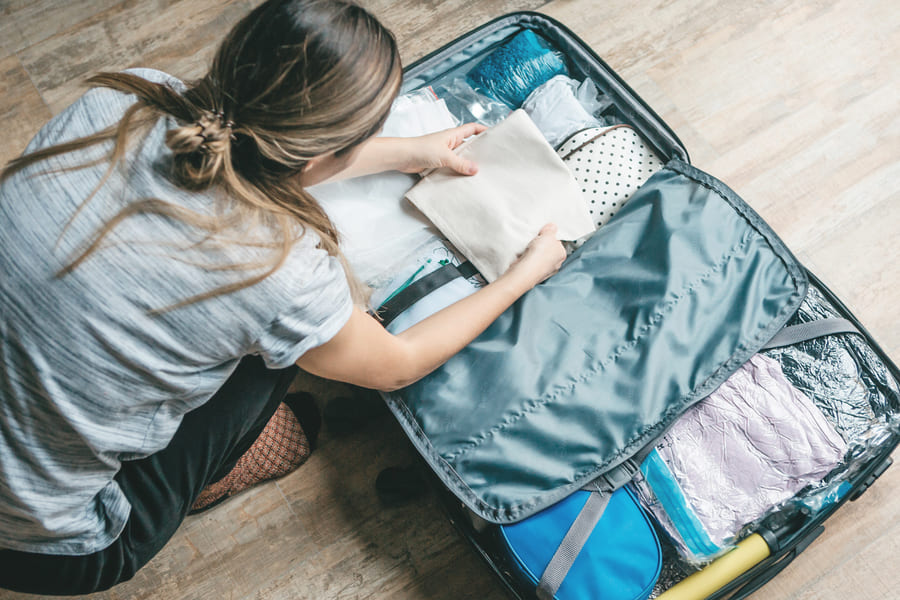
Do immediately:
- Place your hiking bag in a waterproof bin bag as soon as you get into the car.
- Avoid bringing your bag inside your accommodation. If necessary, place it in the bathtub or on the floor tiles, never on the bed, sofa or carpets.
- Unpack all your clothes and equipment in an easily cleanable area, such as the bathroom.
Clean, freeze, disinfect:
- Wash all laundry (worn or unworn) at 60°C for at least 20 minutes.
- Freeze non-washable items (gloves, hats, shoes, etc.) at -20°C for 2 to 4 days.
- Steam clean (using an iron or steam cleaner) bags, shoes, inflatable mattresses, etc.
- Use a hairdryer on the seams and pockets of your backpack, paying particular attention to hard-to-reach areas.
- Another method is to put everything in a black bin bag and leave it in direct sunlight for a few hours during the summer.
➡️ For more information: The complete protocol against bed bugs.

